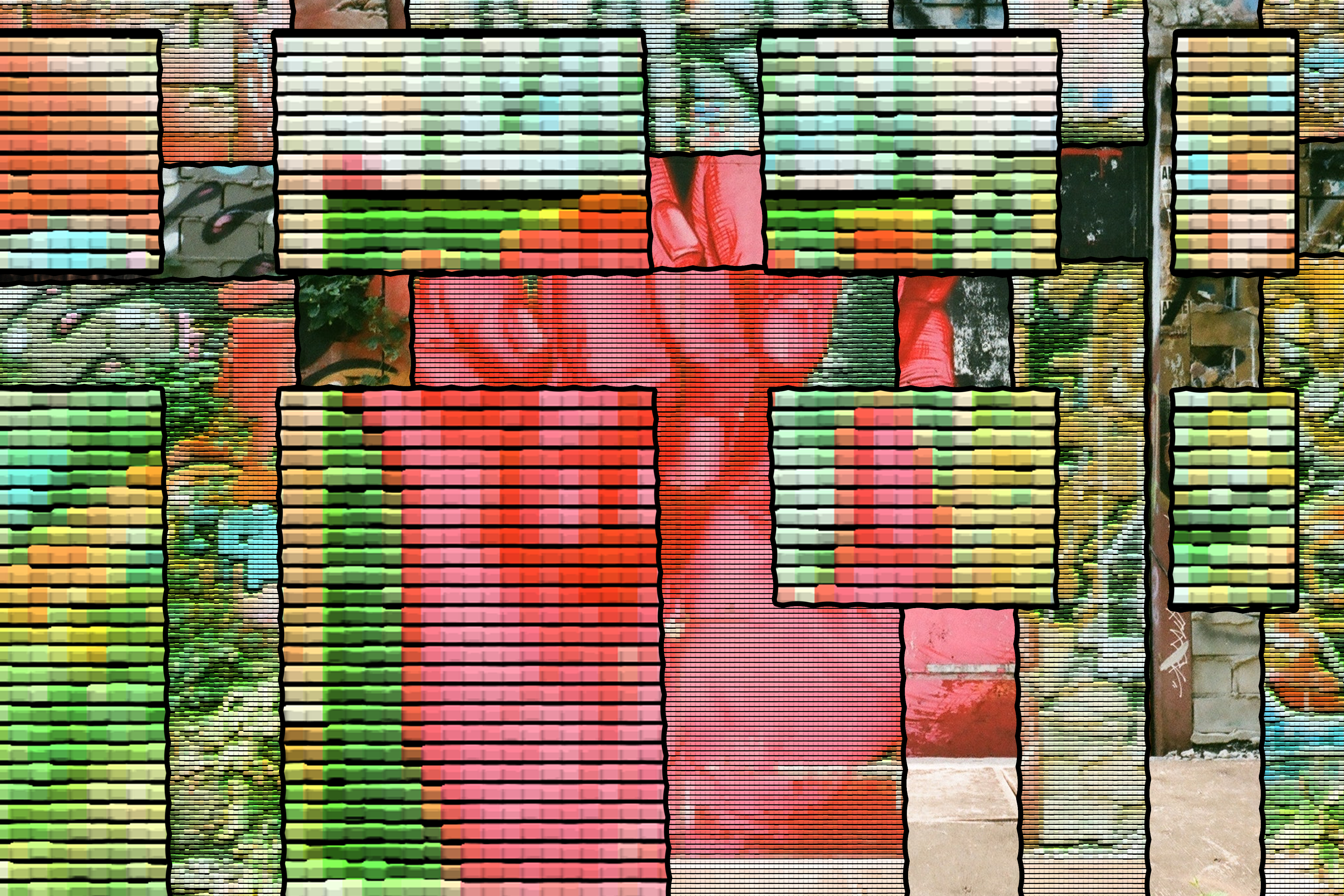
In our last article we talked about cryptocurrencies, so there is no better time to talk about the mysterious cousin to cryptocurrencies, NFT's. An NFT, or non-fungible token, is, according Wikipedia, a unit of data stored on a digital ledger, called a blockchain, that certifies a digital asset to be unique and therefore not interchangeable. When earning cryptocurrency, like Bitcoin or Ethereum, one "mines" for the currency, and when creating an NFT, one "mints" in the same way. To simplify, an NFT is a way of showing uniqueness and ownership of a digital asset that relies on blockchain technology for validation. An nft can be anything digital such as pictures, videos, art, video game assets, and even social media posts. Though these digital assets could still technically be viewed by anyone, just like how anyone can visit the Louvre and see the Mona Lisa, they do not have ownership of it.
The first NFT was created by Kevin McCoy and Anil Dash on May 3, 2014. They demonstrated their concept in a live experiment at the Seven on Seven conference, which, according to Rhizome, who hosts the event, "pairs seven leading artists with seven visionary technologists, and challenges them to make something new, - an artwork, a prototype, whatever they imagine." Their result was the first time a non-fungible blockchain marker was linked to a work of art. By the next year, Ethereum blockchain was launched and by October of 2015, just three months later, Ethereum had their first developer conference, Devcon 1. At this conference, Etheria, the first complete NFT project, was launched.
Since the beginnings of non-fungible token trading, and due to the current popularity of cryptocurrency, interest in NFT's have greatly increased over the years. In 2020, the NFT market value reached $250 million, and in the first quarter of 2021 that number increased to over $2 billion. Some of the highest earning NFT projects come from artists selling rights to their well known, or special edition art, in the form of NFT's. Musicians such as Eminen, Kings of Leon, Mick Jagger, Lil Pump, and more have utilized NFT's to increase sales during the COVID-19 pandemic, as well as raise funds for those affected by it. In February of this year, the music industry saw $25 million generated by NFT's. Other artists have made impressive sales of NFT's, such as the sale of the viral animation Nyan Cat, which was sold for almost $600,000, and the highest earning piece of art sold as an NFT, titled "Everydays: The First 5000 Days", by an artist called "Beeple", which sold for $69.3 million dollars in March of 2021.
Another high earner within the NFT marketplace is the NBA. The blockchain technology company, Dapper Labs, worked with the NBA to create "NBA Top Shot", which is a marketplace to purchase highlight clips of some of the most iconic basketball moments, in the form of NFT's. With NBA Top Shot, buyers purchase packs of clips, which cost between $9 and $230, just like they would with sports trading cards, and then open the packs to see how common or rare the clips in the pack are. Many clips, just like cards in trading card packs, are common and are sold for small amounts, but rare clips can earn far more, such as the LeBron James "cosmic dunk" clip, which recently sold for $208,000. As of mid 2021, over $600 million has been traded in NBA Top Shot. Other high earning NFT sales have been for items of historic internet importance, such as the sale of Twitter CEO Jack Dorsey's first tweet, which read, "just setting up my twttr"[sic], and was sold for $2.9 million in March of this year. Three months later in June of 2021, an NFT of the source code for the World Wide Web was auctioned by Sotheby's, where it sold for $5.4 million.
While there are many people benefitting from NFT trading and sales, there are some criticisms. One of the most simple complaints is that while there are many people earning large profits from NFT's, most won't be able to earn nearly as much, considering the average sale of an NFT is less than two hundred dollars. Another complaint is that many people simply don't see the value of ownership of a digital piece of art that many people can view for free. There are also environmental and energy concerns, considering a single Ethereum transaction requires around 120kWh of energy, which equates to four days of power for the average household in the U.S. The digital artist Memo Akten determined through analyzing nearly 20,000 NFT's, that due to the minting and all facets of the sales and/or trading of NFT's, emissions related to them are around ten times higher than a typical Ethereum transaction. While there are these complaints and criticisms of NFT's, they are undoubtedly popular at the moment. The potential to earn profits off of assets that would be nearly impossible to verify ownership of continues to draw many people to NFT marketplaces in search of their share of the wealth, especially during the COVID-19 pandemic, when many people were making less income than they typically did in previous years. According to nonfungible.com, every 30 days in 2021 there was an average of 20,000 to 40,000 unique buyers of NFT's. While some theorize that this bubble will soon burst and the number of traders will eventually drop, causing values of NFT's to drop, for now the number of traders continues to rise, and more and more artists and companies are utilizing the technology in their projects, so until that changes, it seems that NFT's are here to stay.
